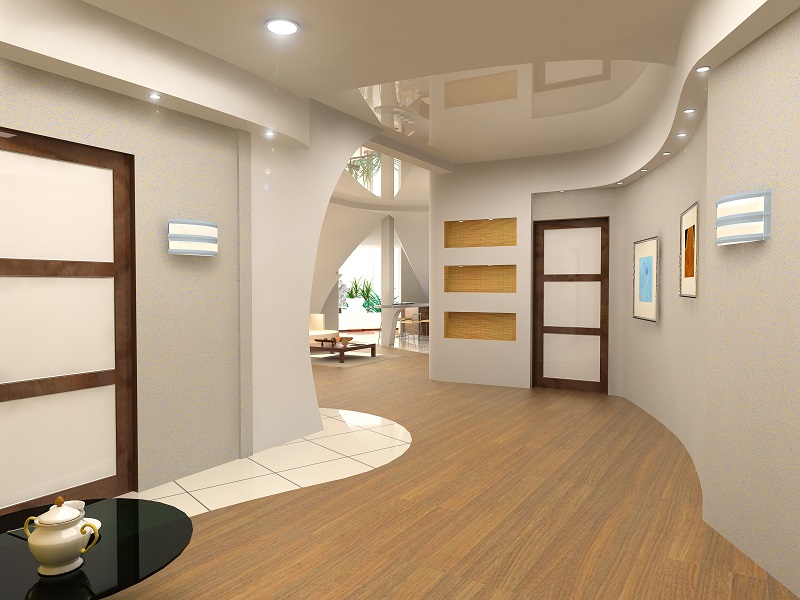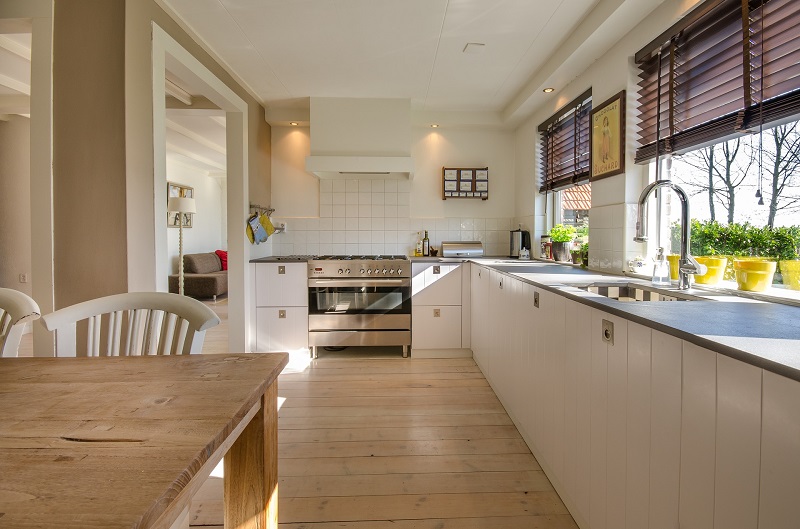Bamboo is one of the most pristine and thrilling products to come into the flooring industry. The flooring experts have mentioned it as a trendy product bamboo flooring has emerged as a proven option that is attractive, flexible, durable, affordable and eco-friendly. Because of such aspects, the demand for flooring made by bamboo is grown tremendously in recent years. The feedback given by the users is generally in favor of the product. There are different categories in bamboo with the primary species used in manufacturing flooring and plywood being Moso bamboo. Floors made up of bamboo provide a large collection of styles, ranging from horizontal bamboo, vertical bamboo, carbonized bamboo, and natural and scraped bamboo.
How is bamboo flooring a great alternative?
- Renewable: Bamboo is sustainable. There are numerous varieties of bamboo that can grow up to a foot a day. At such a growth rate, it is easy to understand why bamboo is considered to be briskly renewable, especially when compared to hardwood trees that can take up to 120 years to gain maturity.
- Stronger compared other floorings: Most of the people do not recognize the toughness of the bamboo flooring. The bamboo is harder than most of the hardwood species used for flooring. They are categorized according to the hardness ratings given to them; bamboo is always rated higher than the maple.
- Spill and Moisture resistant: Bamboos succeed more in tropical areas, though they are very resistant to spills. The prime feature which bamboo has is its quite resistant to moisture. Especially in kitchen and bathrooms, the bamboo flooring can be a great alternative to traditional hardwood flooring.
- Easy to maintain: The maintenance of the bamboo flooring is effortless. To keep the shine and look of the flooring intact, you can just wipe the dust out by regular sweeping or vacuuming. The floors are quite comfortable and easy to go under the foot, even though being stronger than hardwood. However one should ensure that water isn’t spilled on the floor for a long time. If it does the bamboo flooring can be swollen becoming week and inefficient.
- Popularity: The variety of options in different designs, colors, and types of flooring has made it popular amongst the restaurateurs, homeowners, and hoteliers. Being an environment-friendly product most of the customers tend to purchase bamboo flooring.
- Types of floorings made by bamboo: Bamboo provides a wide range of prices for different types of floorings such as engineered, woven and solid hardwood. Still, the bamboo doesn’t compromise with its standards. Solid hardwood flooring is one of the premium types of flooring available.

Bamboo Flooring
Engineering bamboo flooring is similar to the solid hardwood, but it is cheaper. It consists of shredded bamboo fibers. The top layer of engineered bamboo is covered with the cross-ply core; the layer might face some issues of diminishing when exposed to dry air. In many cases, though the engineered bamboos perform well and look great.
The woven flooring is different compared to the rest of the two. The shredded bamboo fibers are mixed with resin before being compressed into solid blocks that are then crushed and placed on the floor to form the woven flooring. The woven flooring is more rigid and tough than solid bamboo. No matter which type of flooring made from bamboo you use, it will never harm the environment.
These reasons make bamboo flooring a great alternative to hardwood and laminate. The floorings made by bamboo are easy to maintain, beautiful, durable, flexible, affordable and eco-friendly. Because of these features, the customers pay more heed to floorings made by bamboo than the traditional hardwood floorings.

